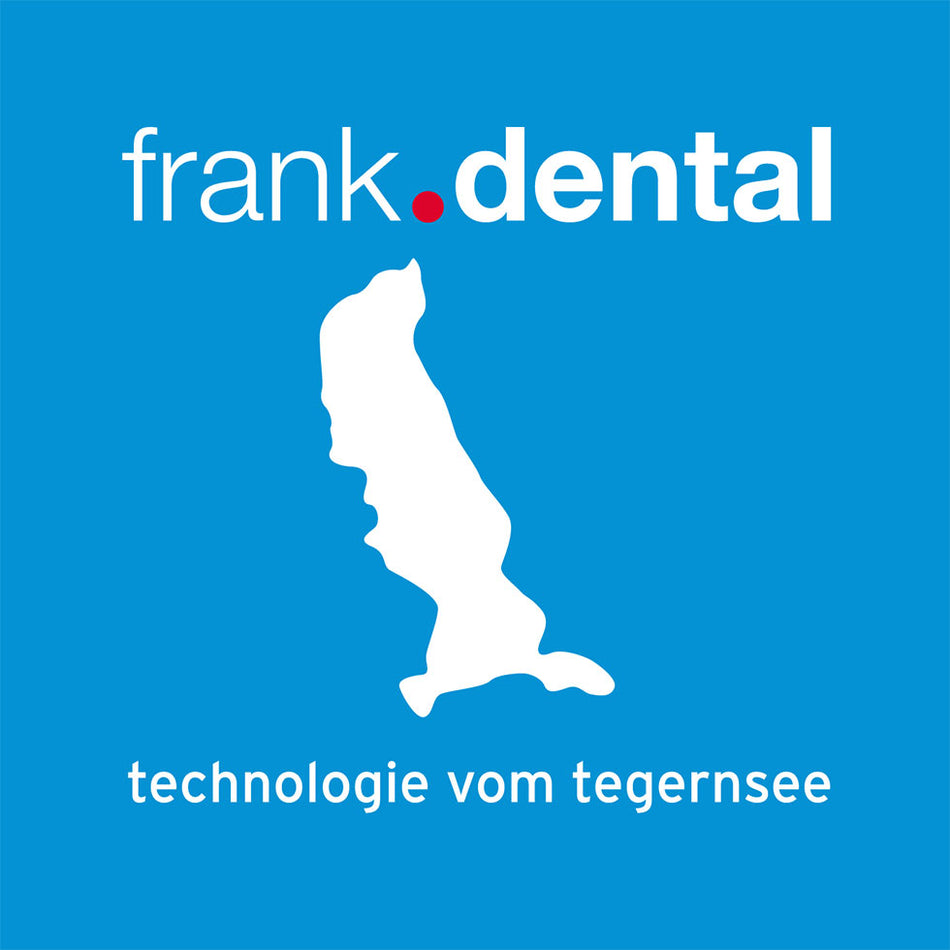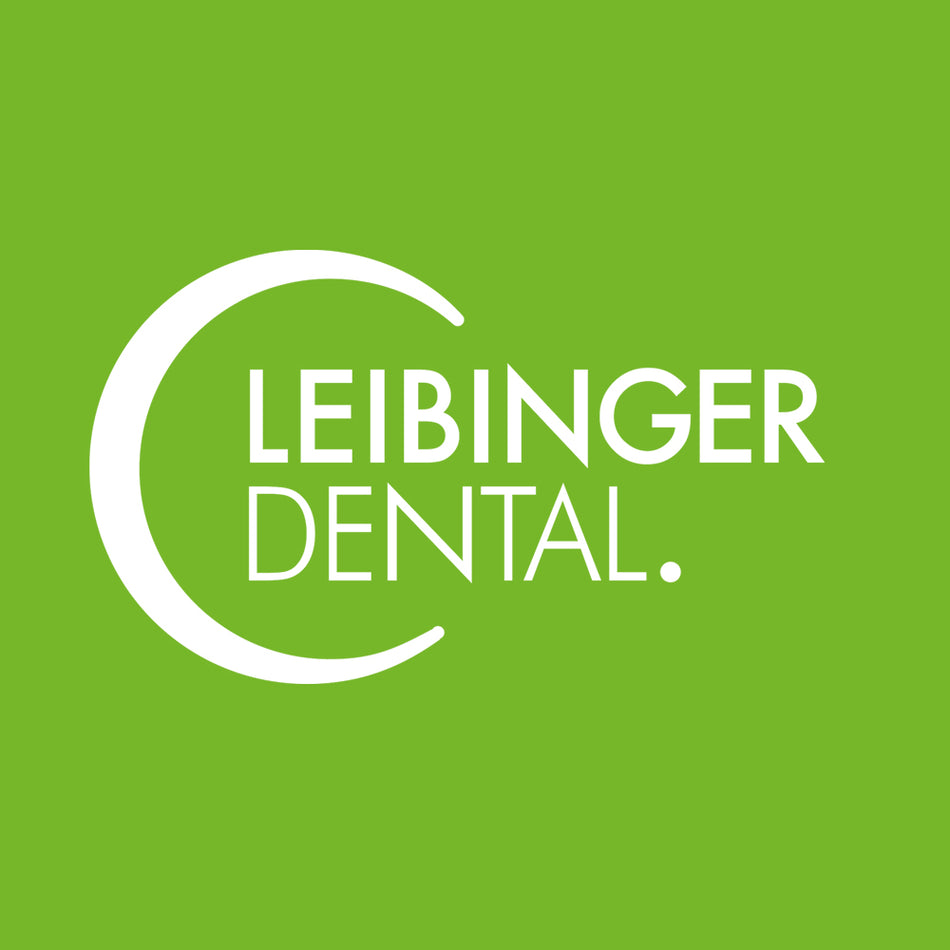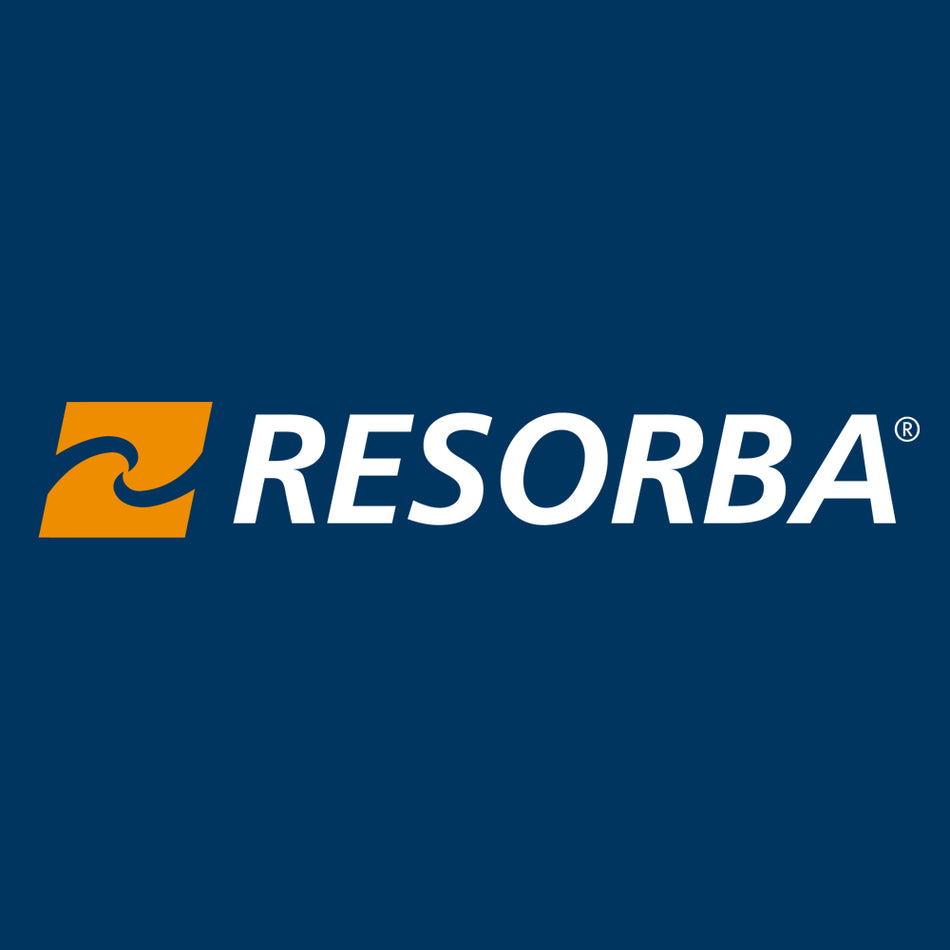Ec Bond - Porcelain Bonding 20gr
Couldn't load pickup availability
EC BOND
EC BOND is a product designed to provide micro-crack tolerance and eliminate all potential negative effects due to calibration loss leading to decreased laser power and resulting micro-cracks in laser-sintered crowns and bridges.
EC BOND is a material in powder form (0.01 to 0.02mm micro-fineness) used for porcelain bonding of conventional dental metal alloy constructions sintered in laser sintering technique. It contains oxide-absorbing materials that absorb the oxide layer formed on the metal, allowing the glassy binder to form a stronger bond with the oxide-free metal.
Application Area:
It is used in chromium-cobalt structures in metal-ceramic crown bridge works. EC Bond forms in different tones between gold and orange depending on the oxide density of the metal.
Usage Instructions:
Metal Preparation:
- Sandblast with aluminum oxide sand.
- Clean by boiling in distilled water for 10 minutes or using steam in an ultrasonic bath.
- Completely dry the metal construction and only contact it with a clean presser.
- Mix EC Bond with Standard or Extra Creamy Opaker Liquid until creamy.
- Apply thinly and homogeneously onto the metal surface.
- Sinter according to the recommended program.
Preheating Temperature: 500°C
Pre-drying Time: 4 – 5 minutes
Minute / Heat: 100°C
Vacuum Start: 500°C
Vacuum End: 980°C
Maximum Heat: 980°C
Waiting at Maximum Heat: 1 minute
Continue with the opaquing firing cycle recommended by the porcelain manufacturer.
Possible Problems and Solutions:
-
Metal detachment and separations:
- Application on non-sandblasted metal after degassing.
- Direct bonding application without oxidation.
- Application of bonding onto excessive oxide formation on the metal surface after oxidation.
- Sanding with fine sand during sandblasting, leading to insufficient physical bonding surface.
- Sintering without following the provided program; adherence to the heating rate and maximum heat values is crucial.
- Repeated casting of the same metals leading to alteration of thermal expansion coefficients and consequent stresses causing cracks or detachments.
- Excessive thickness of applied bonding: Resulting in crack formation and detachment, especially in thick areas and over the framework.
- Insufficient pre-drying time: Leads to swelling of the bonding layer, causing it to peel off from the metal surface or form bubbles.
Safety Instructions:
Skin Contact:
EC Bond normally does not irritate the skin. Wash immediately with plenty of soap and water.
Eye Contact:
Rinse continuously with running water.
Ingestion:
Seek medical assistance if necessary.
Storage Conditions and Shelf Life:
EC Bond should be stored tightly closed in a dry place. Under suitable storage conditions, the expiration date is unlimited. The package can be disposed of with household waste.













